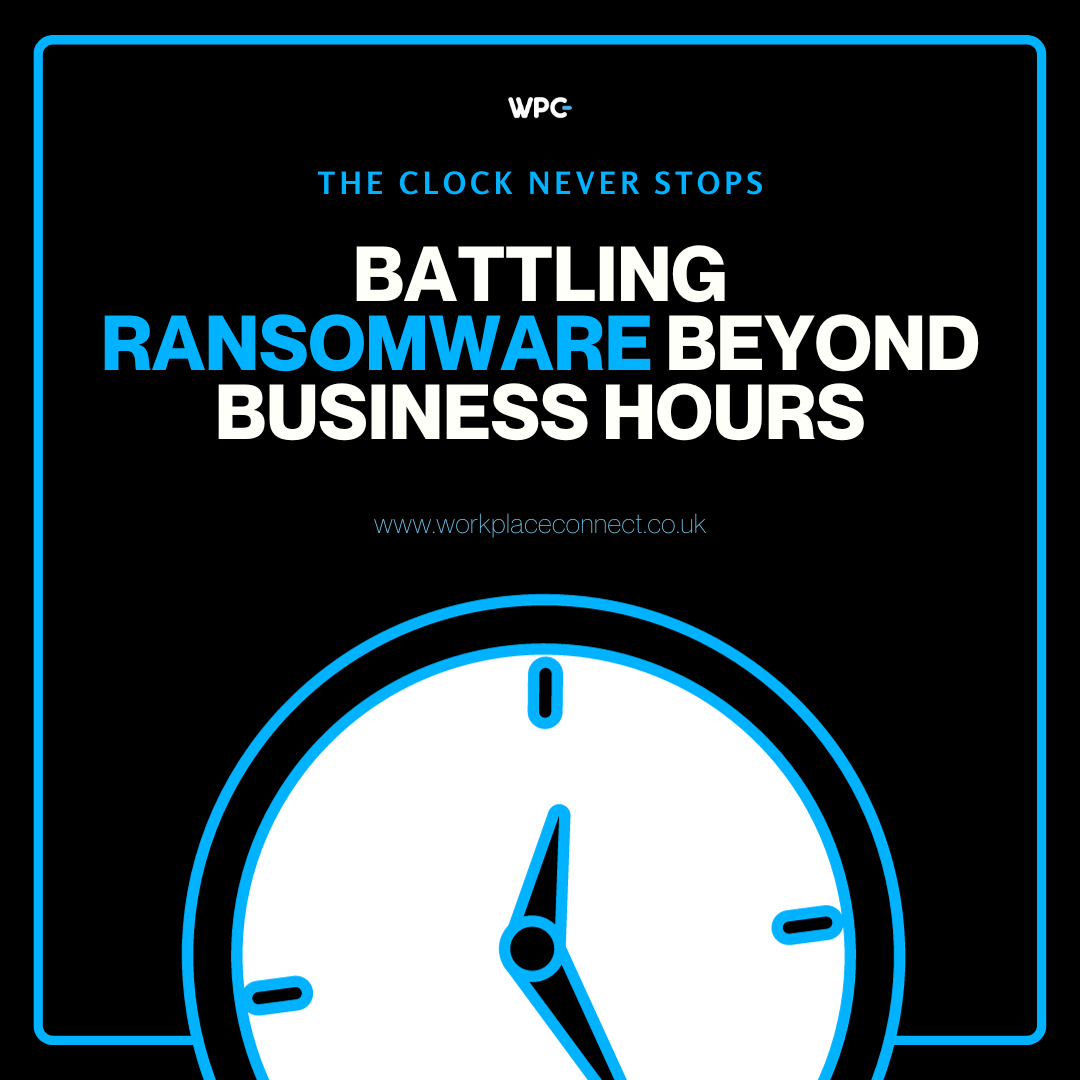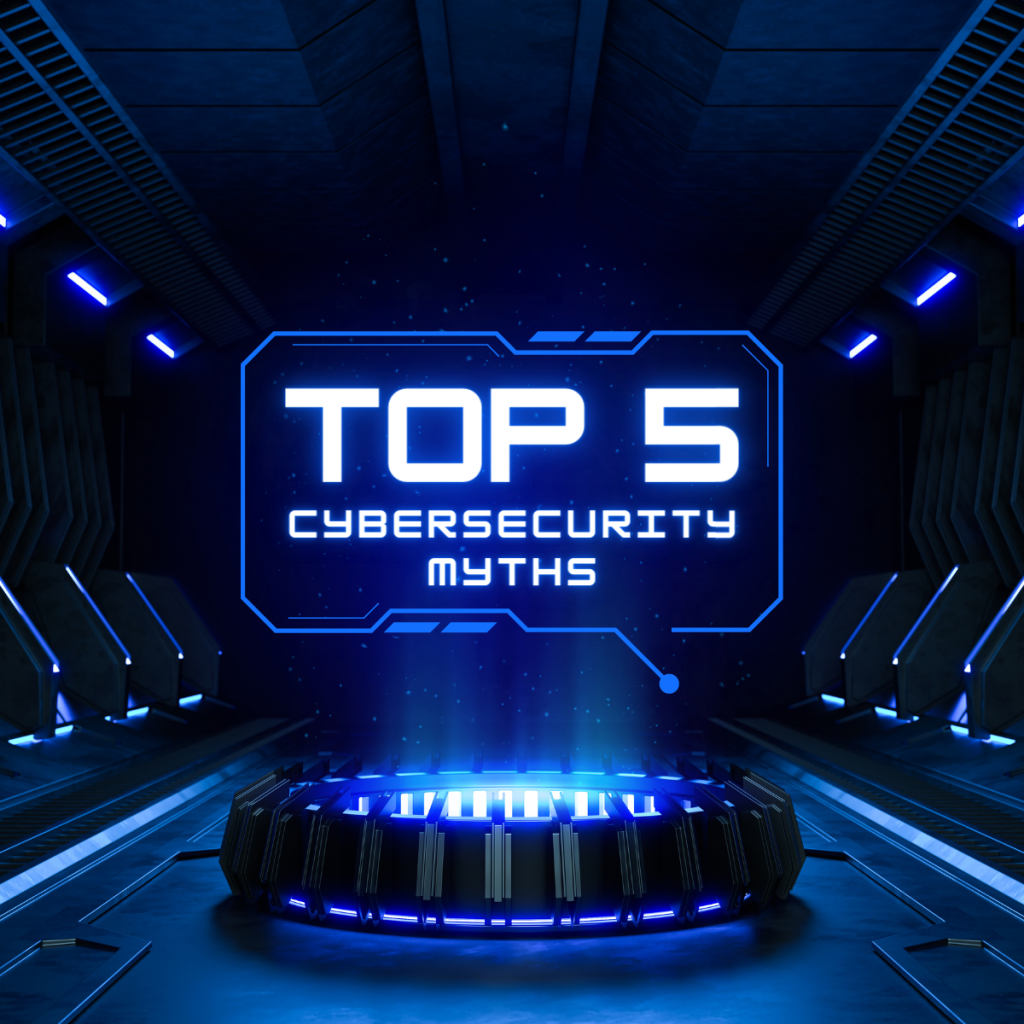Among the various risks that businesses face on a daily basis, none is more widespread than ransomware. In the primary half of 2023, it was the most popular attack method, making up 68.75% of all attacks. That is significantly greater than the sum of network breaches (16.25%), data extortion (16.25%), and data exfiltration (2.5%).
Ransomware assaults do not adhere to business hours, further complicating matters for cyber security professionals. According to Sophos, the final payload in 81% of ransomware assaults was launched while the workplace was empty and computers were turned off. Only five of the attacks that occurred during business hours occurred on a weekday.
A Career in Ransomware Has Become a Viable Option for Cybercriminals
Why do cybercriminals find ransomware so appealing?
multiple ransomware gangs follow a business plan that is similar to those of regular enterprises with multiple aware sections. Initial access brokers – criminals who specialise in penetrating computer network systems – uncover flaws to make way for malware; malware engineers’ expertise is utilised to construct ransomware, which is then offered on the dark web ‘as a Service’.
Any semi-savvy person can pay to acquire ransomware via the darkweb and target a specific organisation as easily as buying something from Amazon. With a few extra tools in place, Ransomware as a Service from LockBit and others provides a plug-and-play service for any would-be cybercriminal.
Hackers, like every successful business, understand their market. They know which companies are most likely to pay and how much they are going to pay after negotiations; they’re aware of the best way into an organisation’s IT systems; and they know the optimum times to execute the payload in order to catch security personnel off guard. This is what makes hackers profitable and drives them to keep evolving.
In addition to the expertise of threat actors, the immense number of attacks is on the rise as is the capability and range of attacks. Hackers can now utilise automation, impersonation, and rapid adaptation to circumvent even the most sophisticated defensive mechanisms, going beyond traditional scams and ransomware.
Staying ahead of hackers’ growth is becoming increasingly challenging for already overburdened IT and security organisations.
Navigating The Complexities of Defending Against Ransomware
In the field of cybercrime, ransomware attackers are able to catch organisations off guard in order to extort the most money from them. Traditional defences are simply insufficient to repel attackers around the clock.
Antivirus programmes and firewalls are common cybersecurity tools that operate as a protective wall around your firm. They do an excellent job of defending against dangers as long as guards are present to actively keep an eye out. However, as fewer workers man the barriers, your company becomes more exposed to attack. That is why ransomware perpetrators strike at night, on the weekend, or even on a public holiday, as was the case of the Lazarus robbery in 2016.
MDR as a Solution
Managed Detection and Response (MDR) systems have grown increasingly important as ransomware has become more accessible. Compared to a traditional system that calls for local surveillance to be safe, MDR offers you with a 24/7 security team, ensuring that ransomware perpetrators have no time to strike.
However, an MDR does much more than just provide 24-hour monitoring. It’s far more intelligent than that. It also uses information from your company and thousands of others who are using the same system to generate more actionable threat assessments. Threat telemetry enables organisations to discover, comprehend, and anticipate emerging risks before they become something far more terrible. And, with dwell periods expected to fall from ten days to eight in 2023, rapid responses are becoming increasingly important for bolstering defences and improving incident response, ensuring data remains secure when an attack happens.
However, the security sector is fighting back with the help of detection capabilities. Malicious actors now have considerably less time to get whatever they want before MDR tools expose them. This early identification reduces an attacker’s window of opportunity and puts pressure on hackers, sometimes causing mistakes.
It is critical to amass actionable threat analysis. As ransomware becomes more sophisticated, organisations’ cybersecurity plans must include continuous 24/7 monitoring, threat identification, and response.
Because if ransomware doesn’t sleep, neither can your defences.







